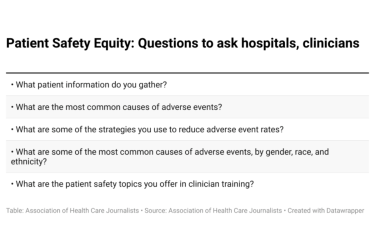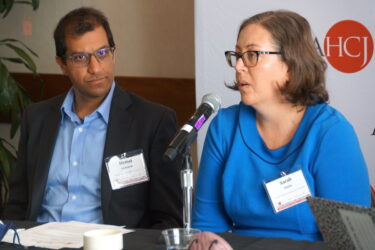
Professionally applied dental sealants offer effective protection against tooth decay. Moreover, progress has been made over recent decades in getting these useful treatments to kids.
Still, the work is far from done. Overall, fewer than half of American children have received the thin plastic coatings applied to the biting surfaces of newly-erupted molars. Particularly concerning to health officials and oral health advocates is the shortage of sealants among low-income children, who face an elevated risk of disease and suffer from higher rates of untreated decay.
Getting sealants to the roughly 7 million poor children who need them could help prevent plenty of toothaches and could save up to $300 million in dental treatment costs, according to the U.S. Centers for Disease Control and Prevention.
One of the best ways of getting sealants and other types of routine preventive dental care to kids who need services is through school-based efforts, research has shown. However, school sealant programs are not in use everywhere. In fact, most states were failing to promote programs to get dental sealants to low-income students when the Pew Charitable Trusts issued its state-by-state report card in 2015.
Now, a report produced by a special workgroup of the nonprofit Children’s Dental Health Project has renewed the call for communities to bolster their support of school-based sealant programs.
The report highlights successful steps in Oregon and Wisconsin to promote the programs and offers recommendations to help other states move forward. The report also looks at barriers such as restrictive dental practice acts that the work group says continue to hamper sealant programs in some states.
This might be a good time to see how your state is doing regarding getting sealants to kids. Is there a school sealant program you can visit in your community? If there isn’t one, why not? Check out this new AHCJ tip sheet with resources to help you take a closer look.









